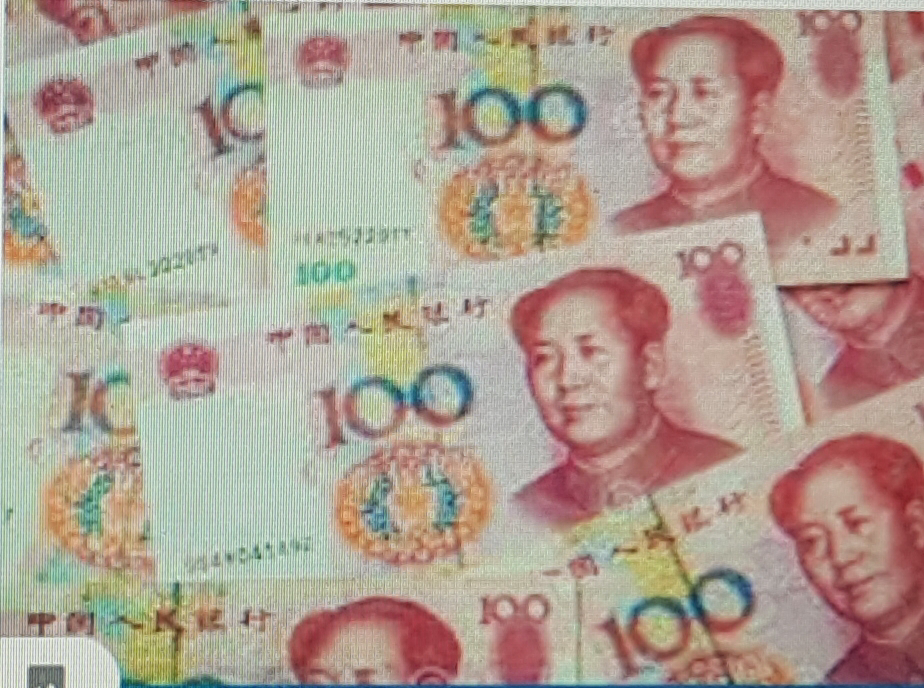Published: April 23,2022

“Stability” has become the keyword seen through the lens of China’s newly-released economic data for the first quarter (Q1) of this year.
China’s economy still maintained an upward momentum during the period, with major macro indicators including economic growth, unemployment rate, and consumer price index (CPI), within a reasonable range.
In the first three months of this year, the country’s gross domestic product (GDP) increased by 4.8 percent year on year with a growth rate 0.8 percentage points higher than that in the fourth quarter of last year, according to data from the National Bureau of Statistics (NBS) on April 18. China’s surveyed urban unemployment rate averaged 5.5 percent in Q1, basically unchanged from the same period of the previous year. At the same time, consumer prices rose moderately, up by 1.1 percent year on year.
The trade surplus in goods expanded while the trade deficit in services narrowed, with foreign exchange reserves remaining stable at around 3.2 trillion U.S. dollars. It’s not easy for China to achieve the growth rate of 4.8 percent under the complex and volatile international and domestic situations, said Liang Guoyong, a senior economist with the United Nations Conference on Trade and Development.
China’s economy has seen an upward trend despite rising downward pressure at home and abroad since this year, reflecting its strong resilience, said Wen Bin, chief researcher at China Minsheng Bank. Official data showed that Q1 has witnessed a 14.2-percent increase in the added value of high-tech manufacturing industry.
At the same time, the online retail sales of physical goods increased by 8.8 percent during the period, and new business models continued to grow. The production of new-energy automobiles increased 140.8 percent, while the energy consumption per 10,000 yuanof GDP decreased 2.3 percent year on year, displaying a steady progressing of green transformation.
The growth of final consumption expenditure contributed 69.4 percent to the overall economic growth, the proportion of the manufacturing industry continued to increase, and the economic structure was adjusted and optimized.
Vibrant market entities
At the construction site of Gree Electric (Ganzhou) Intelligent Manufacturing Base project, the phase-I plan has been fully started, with workers lifting the steel structure and carrying out ground construction. The first production line, which has been installed and adjusted, is expected to be completed and put into operation in July this year.
As a high-tech enterprise integrating professional R&D, design, production and sales, GanzhouTongxingda Electronic Technology Co., Ltd. is preparing to grasp new business opportunities in fields such as smart wear. “If our development in the previous years depended on the market dividend, this year we are in search of opportunities in crises,” said Wen Zhongjia, deputy general manager of the company. “On the second day after the application, we received a tax refund of 5.948 million yuan.
All the preferential tax funds we received will be invested in talent introduction and equipment upgrades for high-end production lines,” said Li Hong, who is in charge of Chengde Suken Yinhe Connecting Rod Co., Ltd.
According to Li, the tax rebate has brought substantial benefits to the company, and the upgraded new production line will drive the development of the entire industrial chain. Since this year, Chinese authorities have further pushed forward tax and fee deductions to bring benefits for market entities and bolster economic growth.
Meanwhile, the country has stepped up efforts to study and judge the economic situations, releasing a signal that macro policies will be strengthened in a timely manner. Wen pointed out that affected by the more complex and severe international environment and the frequent outbreaks of the COVID-19 pandemic at home, it is necessary to strengthen counter-cyclical regulation, stabilize and expand aggregate demand, and ensure that the economy operates within a reasonable range in the second quarter of this year.
Promising prospect
There are some positive situations in the current economic operation, including more active macroeconomic policies, proactive fiscal policies and relatively ample market liquidity, said Yang Zhiyong, deputy dean of the National Academy of Economic Strategy of the Chinese Academy of Social Sciences.
China’s economy can effectively cope with internal and external shocks and is expected to maintain stable growth, said Liang. Liang noted that China’s economy has strong resilience against challenges, and has considerable comprehensive advantages inmanufacturing, digitalization, infrastructure and foreign trade, which is the main source of economic resilience. It can be seen that new medium and long-term loans to enterprises showed signs of stabilization in March, said Li Jing, director of equities at Fidelity International.
According to Li, green loans, small and micro loans, infrastructure loans and manufacturing medium and long-term loans became the key focus of bank credit, and the intensive issuance of local special bonds since the second half of last year has also laid the foundation for the acceleration of infrastructure investment. “As to the trend in the next stage, pressure will still exist in the short-term economic operation. But looking at the whole year, there are still many advantages favoring China’s economy to maintain stable growth,” said NBS spokesperson Fu Linghui.
Generally speaking, with a comprehensive industrial system, a mega market space, and strong economic governing ability, China can effectively deal with various risks and Xinhua News Agency 5 challenges, said Fu, adding that looking at the whole year, China’s economy is expecting a trend of recovery and development.
Xinhua
 Africa -China Review Africa -China Cooperation and Transformation
Africa -China Review Africa -China Cooperation and Transformation
